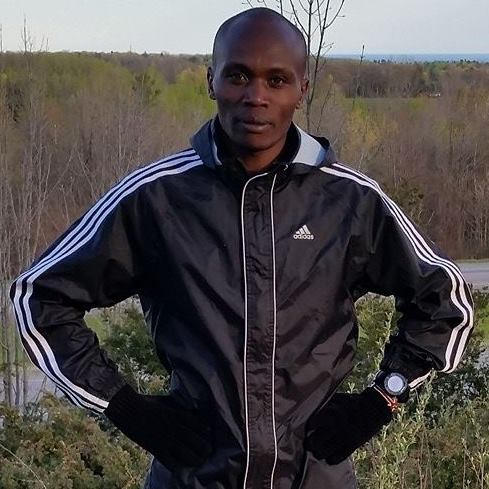
As a long distance running coach, my responsibilities are not as obvious as they appear. I am being entrusted with someone’s life’s goals in running and I would never want to let down anybody who trusts in me and that is why I prefer taking a slow and sure way to success rather than pushing a runner through short and dangerous ways.
A long distance running coach needs to draw long-term and short-term plans
There is so much that can be added to a training program; hill workouts, slope repeats, different kinds of fartleks, downhill speed workouts, long and short track intervals, threshold runs, diagonals, tempo runs, easy runs, moderate runs, recovery runs, track repeats, long runs, semi-long runs, etc. However, not all these types of workouts necessarily need to happen all at once, in the same week, or even in the same month.
The runners that I train at times check with other people’s training programs and wonder why I am not including them in their programs. There is no one-fits-all training program, especially when it comes to long-distance training and is the reason why constant communication between a runner and their coach is very important. There are so many factors to consider when designing a program for each individual depending, for example on their age, history in running, other work schedules for the day and what their goals in running are, just to mention but a few.
A long distance running coach should check that runners don’t compete in training
Sometimes here in Kenya, while we are training on the track, it often happens coincidentally that runners preparing to race in the same upcoming race are all there on track doing different workouts under different coaches. I remember a time when Eliud Kipchoge and Wilson Kipsang were preparing to face each other in the Berlin Marathon and they coincidentally met on track at the University of Eldoret (Chepkoilel) about two weeks to their race.
I remember Kipchoge was doing very different workouts to those of Kipsang and each of them was confident with their own program and acted as though they did not even notice the other was there.
Runners who lack confidence in what they are doing and what they want would have easily stepped aside from the track to see and time their opponent and then try doing the same exact workouts when the other is done; to measure themselves up against them ahead of their competition.
Even runners training in the same training groups do not often necessarily go on to run at the same level when they go out to race. This should be expected given that in the same workouts, the runners may be registering the same times in their 1000m track intervals but the efforts they use to push are so different.
A long distance running coach should balance hard and easy workouts
Every coach knows that it is not always how hard you physically push in training that translates into a big improvement, but in balancing the effort to get the best out of each workout. A coach is happy whenever an athlete does 1,000m track intervals, let’s say 12 of them, beginning with 3:05/km pace in their first repetitions and being able to push the last three or two under 3:00/km.
Runners need to understand what a coach means when they mention the words; easy, jog, moderate, tempo and hard. These words are relative terms. Easy for some athletes could be a 3:40/km pace while it could be 6:30/km for others. This is another area where an athlete needs to be very honest in how they feel and communicate well with their coach. Many runners run their personal best times on their “easy” runs by going with the wrong training group.
When I enroll new athletes into my Online Coaching by Kenyan Athlete, I often start by giving them time-based programs until I understand them better. This is one of the concepts I learned while training under Coach Erick Kimaiyo in 2008 who currently coaches the reigning London and Chicago marathon champion, Brigid Kosgei.

We had a 16km route that we would usually use for our 1hr 10minutes easy morning runs on the easy days of training. Sometimes a few athletes would increase the pace in the last few kilometers and end up completing the course in one hour and Kimaiyo would check his watch and ask them to proceed running in the opposite direction until they end the entire 1hr 10 minutes. The next time the runners would be running they would understand what the coach exactly meant by going “easy.”
A long distance running coach should understand that their runners are different mentally and physically
There is also the complicated part in coaching about athletes who like doing a little bit extra than they are given. There are others who skip some training programs. Dealing with those who skip some training programs may be a little easier than those who do extra, but since most of my athletes are reading this I am not going to share it here as they will find a way of getting ahead of me! I learned this art from my interviewing Pace Sports Management coach, Sammy Mitei.
What is interesting, though, with this journey of online coaching is that the learning is mutual. I learn from my athletes as much as they learn from me.
Follow me on Twitter for stories on Kenyan Running

